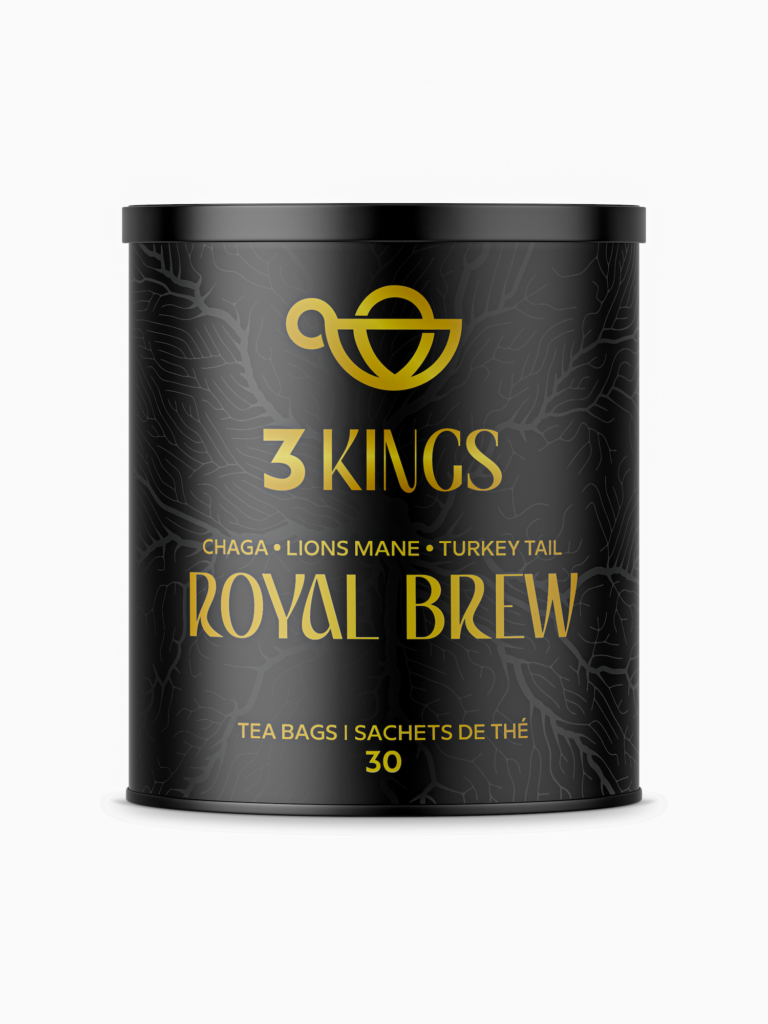Maserati is approaching its centennial with a new strategy that sets it apart from other automakers in the industry. As the Italian luxury brand prepares to celebrate 100 years since the launch of its first car, the Tipo 26, it has embarked on a major overhaul of its product line. Unlike its competitors, Maserati is developing both internal combustion engine and battery electric versions of its models. This unique approach reflects the brand’s commitment to staying ahead of the curve and leading the way in the rapidly changing automotive landscape.
Bill Peffer, CEO of Maserati Americas, attributes this innovative strategy to the financial backing and support of the Stellantis group. He emphasizes that the investments being made across the industry in electrification are significant and irreversible, and Maserati must be at the forefront of this movement. Being part of a large global automotive group gives Maserati the resources and stability to make such bold moves and push boundaries.
Peffer presented the new Maserati lineup at a showroom in Chicago, showcasing models like the MC20 mid-rear supercar, the GranTurismo coupe, and the Grecale mid-size crossover. He explained that these new models represent a significant departure from Maserati’s previous offerings. The brand is embracing electric powertrains and expanding its luxury SUV lineup to meet the demands of consumers. This strategic shift positions Maserati for success in the highest volume segments while still maintaining its reputation for producing supercars and performance luxury sedans.
The transition to electric powertrains is not the only change happening at Maserati. The brand is also saying goodbye to its traditional V-8 engines after 65 years of production. The current generation of models like the Ghibli, Quattroporte, and Levante will be phased out in their current form. The Grecale, GranTurismo, Gran Cabriolet, MC20, and MC20 Cielo will represent Maserati’s future lineup.
Peffer believes that Maserati’s evolution from a luxury performance sedan brand to a purveyor of luxury performance SUVs and supercars is a smart move. He recognizes that SUVs dominate the luxury market, but Maserati’s heritage and expertise lie in the production of high-performance and race cars. By focusing on both SUVs and supercars, Maserati can cater to a wider range of customers and expand its reach in the luxury segment.
The shift to electric powertrains is not a simple task for Maserati. It requires significant investments in research and development, as well as the development of new platforms that can accommodate both combustion engines and electric propulsion systems. Unlike some luxury automakers that are developing dedicated electric vehicle platforms, Maserati is taking a different approach. It is redesigning its existing models to be compatible with electric powertrains while still offering internal combustion engine options. This approach allows Maserati to maintain some flexibility and adaptability as the industry evolves.
Peffer acknowledges the level of transformation happening in the automotive industry and the challenges it presents. He emphasizes the importance of staying agile and responsive to changes. Maserati’s commitment to product-led transformation means that the brand will prioritize design, craftsmanship, and performance to create vehicles that resonate with customers on an emotional level. This approach sets Maserati apart from its competitors who may be more focused on cost-cutting or parts sharing.
Maserati’s affiliation with Stellantis gives it a competitive advantage. As part of one of the world’s largest automotive groups, Maserati has access to resources and support that standalone brands may not have. This allows the brand to invest in research and development and bring new models to market quickly. Peffer emphasizes that Maserati’s transformation is not driven by transaction prices but by the desire to create an emotional connection with customers. The brand’s Italian design and craftsmanship, coupled with its performance heritage, are key factors in attracting and retaining customers.
In conclusion, Maserati’s bold approach to overhauling its product line reflects its commitment to innovation and staying ahead of industry trends. By developing both internal combustion engine and battery electric versions of its models, Maserati is positioning itself as a leader in the luxury automotive segment. Its focus on SUVs, supercars, and high-performance vehicles allows the brand to appeal to a wide range of customers. With the backing of Stellantis and a product-led transformation strategy, Maserati is poised for success as it enters its second century of production.











